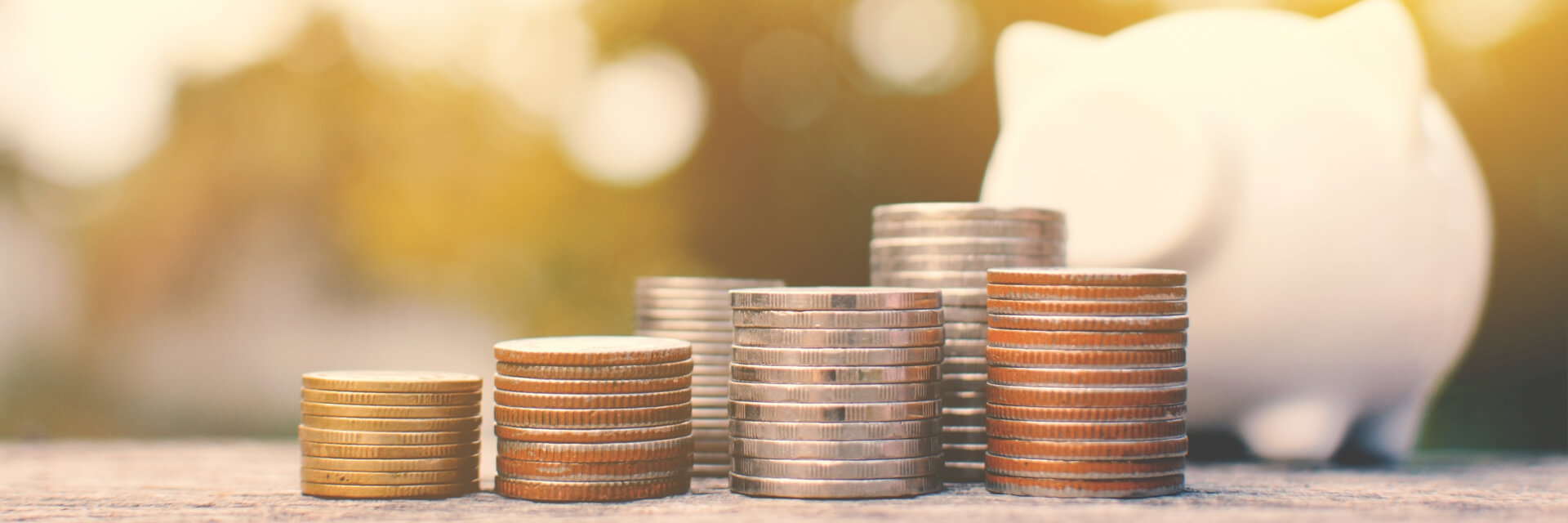
Rule Changes May Lead to Larger PPP Loans for Many Self-Employed Individuals
- Published
- Mar 8, 2021
- Topics
- Share
On March 3, 2021, the Small Business Administration (“SBA”) issued an interim final rule that allows individuals who file an IRS Form 1040, Schedule C to calculate their maximum Payroll Protection Program (“PPP”) loan amount using gross income rather than net profit. This change may lead to larger PPP loans for many sole proprietors, self-employed individuals and independent contractors, particularly those with little or negative net profit.
The change, which applies to both first and second draw loans, is not retroactive. A borrower whose PPP loan has already been approved cannot increase its PPP loan amount based on the new calculation methodology.
Specifically, a Schedule C filer that is covered by this rule change may elect to calculate the owner compensation share of its payroll costs (i.e., the share of its payroll costs that represent compensation of the owner) based on either net profit (Schedule C, line 31) or gross income (Schedule C, line 7). The maximum amount of net profit or gross income is capped at $8,333.33 per month ($100,000 /12). If a Schedule C filer has no employees, the borrower may choose to calculate its loan amount based on either net profit or gross income. If the Schedule C filer has employees, the borrower may elect to calculate the owner compensation share of payroll costs based on either (i) net profits or (ii) gross income minus expenses reported on line 14 (employee benefit programs), line 19 (pension and profit-sharing programs) and line 26 (wages (less employment credits)). Expenses reported on lines 14, 19 and 26 represent employee payroll costs and are subtracted from the owner compensation share of payroll costs if the owner uses gross income to calculate its loan amount in order to avoid double-counting these costs.
To mitigate the risk of fraud as a consequence of higher loan amounts using gross income, a Schedule C filer that reports more than $150,000 in gross income to calculate a first draw loan will not automatically be deemed to have made the statutorily required certification concerning the necessity of the loan request in good faith (a “safe harbor” which would otherwise apply to borrowers that, together with affiliates, receive PPP loans of less than $2 million) and may be subject to a review by SBA of its certification. SBA is not applying this safe harbor exclusion to second draw PPP loans because those applicants are required to certify that they have realized a reduction in gross receipts in excess of 25% relative to the relevant comparison time period.
In addition, the interim final rule removes the eligibility restriction that prevents businesses with owners who have non-financial fraud felony convictions in the last year from obtaining PPP loans and removes the eligibility restriction that prevents businesses with owners who are delinquent or in default on their federal student loans from obtaining PPP loans.
In connection with this interim final rule, new PPP first draw (Form 2483-C) and second draw (Form 2483-SD-C) borrower application forms for Schedule C filers using gross income have been released, together with updated PPP borrower first draw (Form 2483) and second-draw application forms.
Contact EisnerAmper
If you have any questions, we'd like to hear from you.
Receive the latest business insights, analysis, and perspectives from EisnerAmper professionals.










